The Doctor and Patient
The relationship that exists between the doctor and patient is an essential part of the therapeutic process in all specialities.
When I trained to be a GP in the 1990’s I was encouraged to care for my patients as fellow humans, but interestingly the term ‘patient-centred care’ was not one used by my experienced and wise trainers. It is now a ubiquitous phrase in GP Training. It’s easy to assume that everyone, including the patient, knows what this term means, but I’m not sure it’s that easy. So here are some resources to provoke thought and discussion.
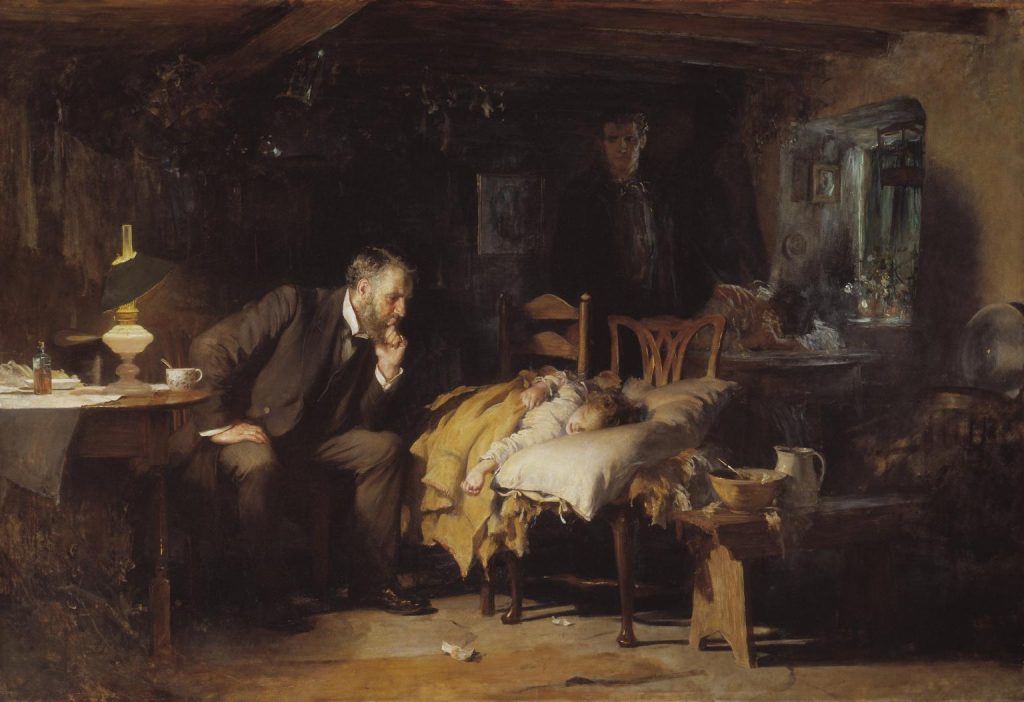
In 1890 Henry Tate commissioned artist, Sir Luke Fildes to paint a picture of his choosing. Fildes painted this picture in the relatively new genre of art ‘social realism’. It is said to have been inspired by the compassionate care Dr Murray, the family doctor gave to Fildes’ family and his son Phillip who died from typhoid fever on Christmas morning in 1877. Fildes wanted “to put on record the status of the doctor in our time”.
Take a look at the whole picture and describe what you see.
What does the picture tell you about the family?
What is the doctor doing?
What do you think Fildes was aiming to communicate in his painting and how has he done this?
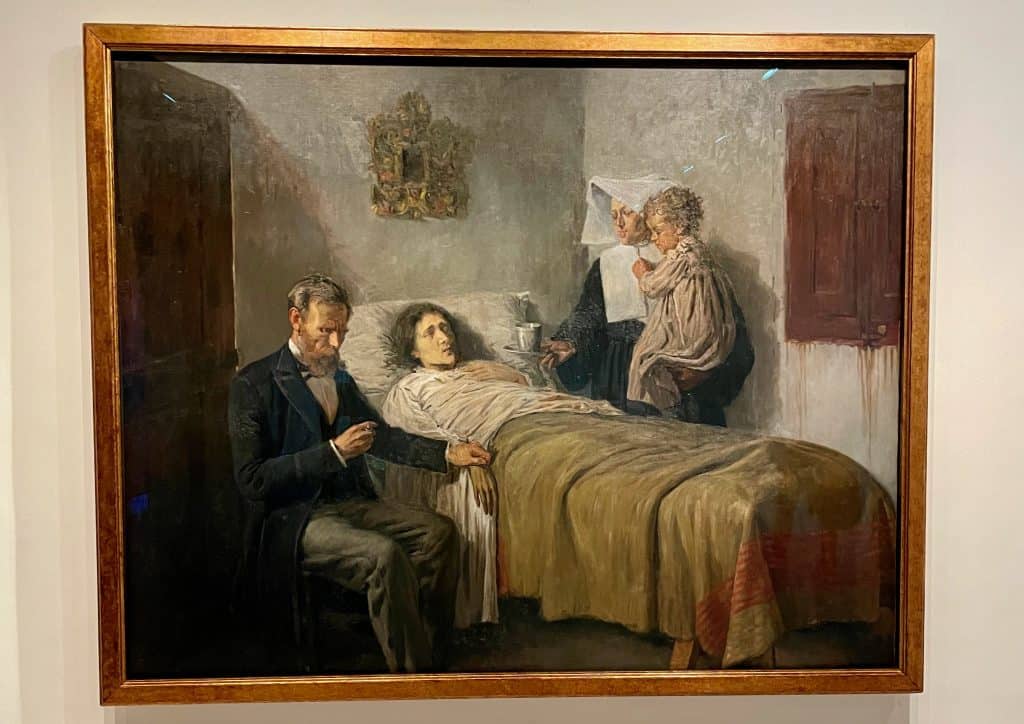
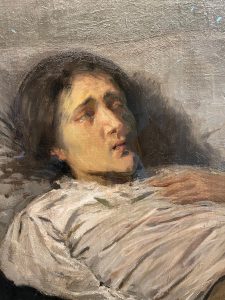
This painting by Picasso was inspired by the death of his sister, Conchita. It’s an allegorical picture, the doctor taking the pulse represents science and the nun offering the sick patient soup represents charity.
Consider the picture from different perspectives, that of the doctor, the patient and the child.
Next, let’s follow the link to the National Galleries in Scotland, and consider this famous picture, Three Oncologists by Ken Currie.
Where is the patient?
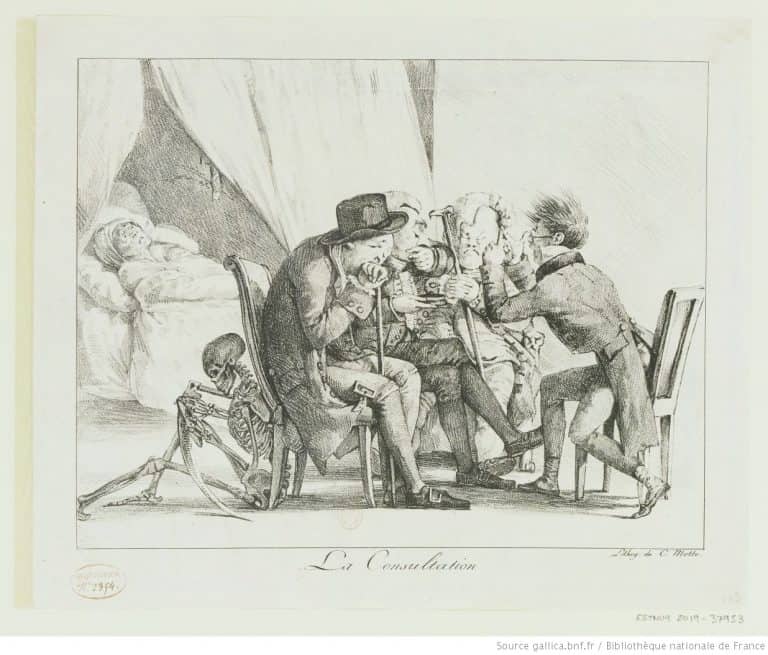
Examine this picture.
Questions you might ask are:
- What is happening in the picture?
- Who are the people in the picture?
- Where is the patient, and what might they be thinking?
- Why has Delacroix put a skeleton in the picture?
- What are the doctors doing?
What thoughts do you have about this price of text from Aphorisms by Hippocrates c.460-357 BC?
Life is short, science is long; opportunity is elusive, experience is dangerous, judgement is difficult. It is not enough for the physician to do what is necessary, but the patient and the attendants must do their part as well, and the circumstances must be favourable.
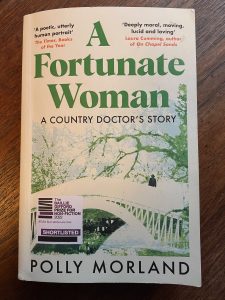
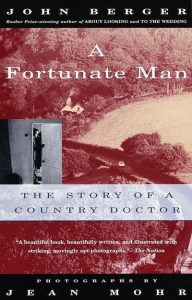
The theme of both these books is the relationship that exists between patient and doctor.
A Fortunate Woman- A Country Doctor’s Story is described as a celebration of what general practice can be at its best. The author narrates the benefits of relationship-based care and the challenges of providing this in England today.
There are some really good passages to use in teaching.
Page 30 For there extends behind every encounter the doctor has, on every day of her working life, not just a medical history but also a personal history, a winding corridor of experience and emotion, the patient’s whole life. In any given consultation, she is afforded but a fragment, a scintilla of that history. It is one of the joys of being a long-serving family doctor in a community like this, that she has both the time and the opportunity to piece the fragments together, over years and across families and generations. She was taught and strives to remember that this is what general practice is all about, talking to people, listening to their stories, every bit as much as it’s about clinical examination. On days when the administrative paperwork piles high, these stories are what keeps her going. They are the raw material of her relationship with each patient and a source of endless complexity and fascination. That’s why the doctor keeps a thick hardback notebook in which she jots a line or two about the most interesting case each day, the one that makes her wonder about people, marvel at them or dispair. She sometimes says to fellow bookworms that her job is like picking your way through some wonderful library with extraordinary tales on every shelf. reduce any one of your patients to their affliction, the tumorous breast, incompetent heart valve or lazy pancreas and it’s akin to regarding a book as nothing more than pen and ink.
John Berger’s 1960’s book, The Fortunate Man provided the stimulus for Polly’s contemporary book and describes the same GP practice and population 60 years on.
The poem A note of warning to patients when all else fails by Glenn Colquhoun puts the patient back in the centre of the picture.
Think about your last consultation:
- How would you describe the role you played?
- What role did the patient play?
Now think about this excerpt from As you like it by Shakespeare:
All the world’s a stage,
And all the men and women merely players;
They have their exits and their entrances;
And one man in his time plays many parts,
Can you think of your last consultation in theatrical terms, was it a duet, a soliloquy, or maybe a duel? Did you improvise, or was everything you said carefully scripted and rehearsed?
In essence, the consultation is straightforward, the doctor enables the patient to share their agenda, the doctor then discusses his agenda and a decision about what happens next is agreed upon. This all works better when there is a relationship between the doctor and the patient.
In what ways do you think the doctor-patient relationship has evolved over the last century?
Is the doctor-patient relationship different in other cultures and countries?
Please let me know if you have any art resources to help explore these two questions.
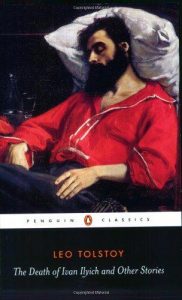
Death of Ivan Ilych Leo Tolstoy 1886 Published in translation in the UK by Penguin
This is one of Tolstoy’s most acclaimed short stories, and a favourite of mine to use in teaching. The story describes the decline of Ivan Ilych’s health and eventual death. Ilych is a successful lawyer who is used to being in control of his destiny, in good health and wealth. As his health deteriorates, he becomes frustrated with the medical profession as they argue about what it is wrong with him, each trying to give his illness a name but none focusing on his main question about his prognosis.
He says, it is not ‘a question of appendix or kidney but of life and….. death’.
The medical profession and his family fail at every opportunity to offer him care and compassion. Ilych describes visiting a celebrated doctor, ‘the whole procedure followed the lines he expected it would; everything was as it always is. There was the usual period in the waiting room, and the important manner assumed by the doctor-he was familiar with the air of professional dignity: he adopted it himself in court – and the sounding and listening and questions that called for answers that were foregone conclusions and obviously unnecessary, and the weighty look which implied, you just leave it all to us and we’ll arrange matters-we know all about it and can see what to do exactly the same way we would do for any other man. The entire procedure was just the same as in the Law Courts. The airs he put on in court for the benefit of the prisoner at the bar the doctor now put on for him.’
‘Without a single soul to understand for care for him’ Tolstoy’s description of the helplessness Ilych feels is masterful. Ilych recognises he is dying and begins to reflect on his life and starts to regret many of the choices he made. Without someone to talk to he is tortured not only by his physical pain, but by his mental anguish. The only character in the story who is able to offer understanding and compassion is Gerassim, the young peasant who waits on his table. Only when Ilyich made peace with himself is he able to die.
This story covers important issues of the illness experience, death, dying and palliative care. It should help doctors understand the overriding importance of compassionate care.
Consultation Skills
Surgeons have scalpels, ophthalmologists use slit lamps, and GPs use the art of consultation. Most doctors learn to consult while working alongside their GP Trainer.
This learning can be enhanced by reading a consultation skills book- take a look at the resources and the feedback from our GP Trainees.
Page created 2018 updated 2024
